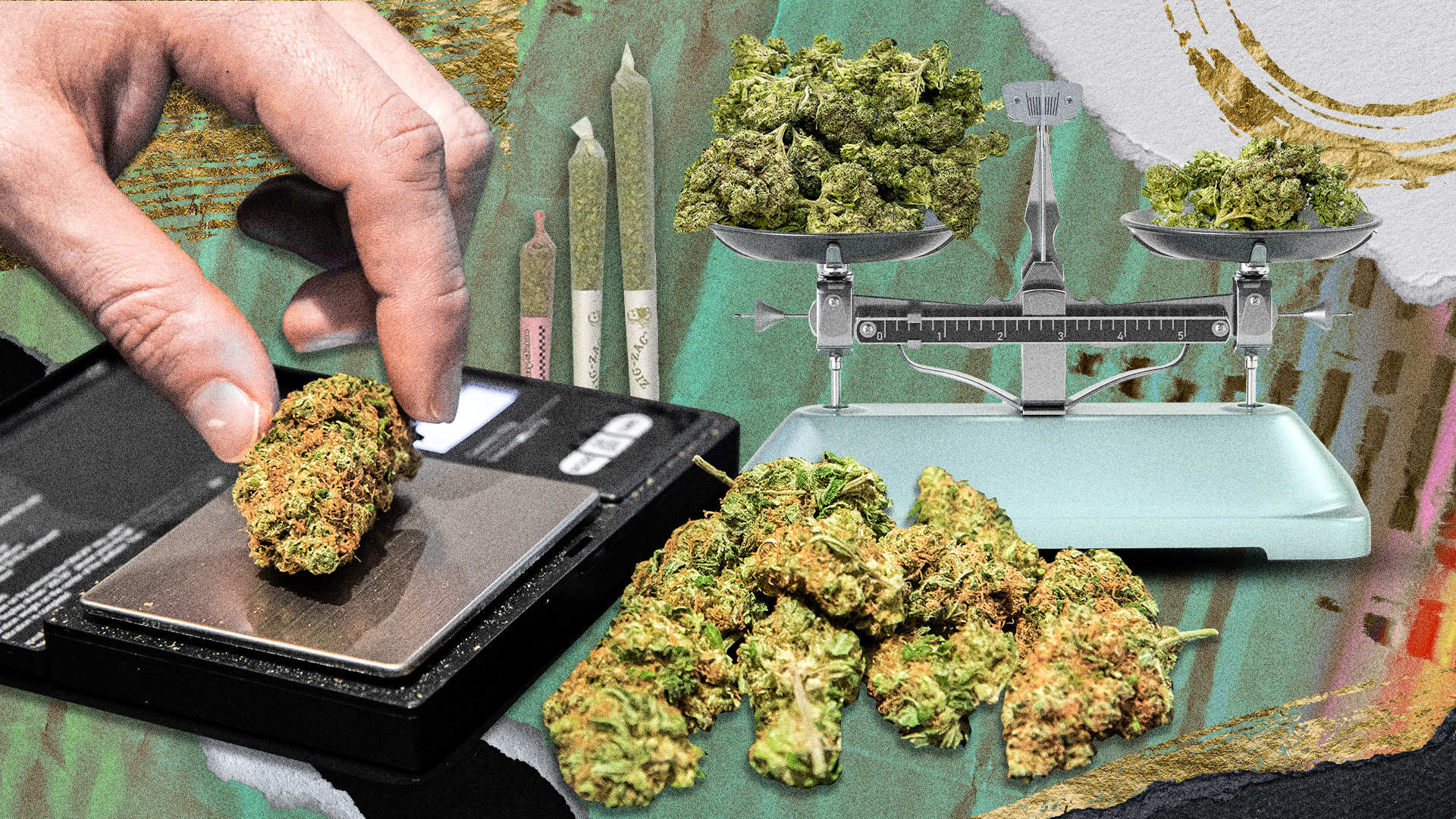In recent years, advancements in image processing and AI technology have made it possible to estimate quantities of objects, including cannabis, using images. The process of cannabis quantity estimation with images has become an increasingly relevant and useful tool, particularly for law enforcement, researchers, growers, and businesses in the cannabis industry.
In this comprehensive guide, we will explore how cannabis quantity can be estimated using images, the technologies involved, and why image-to-scale techniques are transforming the way we approach measurements in this field.
Why Cannabis Quantity Estimation is Important
Accurately estimating the quantity of cannabis is crucial in various settings, including:
- Law Enforcement: To assess the amount of cannabis in confiscated batches or images from surveillance, helping to determine legal cases or compliance.
- Agriculture and Growers: To estimate yields and measure the growth of plants without needing manual counting or weighing.
- Supply Chain and Distributors: Ensuring accurate inventory management by using image-based analysis for stock counts.
- Research and Development: To study the effectiveness of growth techniques, fertilizers, or conditions by tracking the volume of cannabis produced over time.
What is Image-to-Scale Technology?
Image-to-scale technology refers to the method of using images to measure and estimate the size, weight, or quantity of objects. By applying algorithms and image-processing techniques, computers can analyze the visual information in a photo to provide accurate measurements.
In the context of cannabis quantity estimation, images of plants or buds can be analyzed to estimate the mass, volume, or weight of the cannabis. This technology relies on having a known reference object in the image (like a ruler or coin), which allows the system to create a scale for accurate measurements.
How Does Image-to-Scale Work?
Image-to-scale technology involves several key steps:
- Capturing the Image: A clear, high-quality image is taken of the cannabis. This image must include a reference object for scaling purposes.
- Identifying the Cannabis: Through AI-based image recognition, the system identifies the cannabis plants or buds in the image, distinguishing them from the background and other objects.
- Establishing a Scale: The reference object in the image, such as a ruler or standardized item, is used to set the scale. For instance, if a coin of a known size is in the image, the system uses its dimensions to measure the surrounding objects accurately.
- Estimating Volume and Quantity: Based on the identified scale, the system calculates the volume of the cannabis by analyzing the area it covers in the image. For weight estimation, additional data about the density of the cannabis can be used.
- Displaying Results: The system provides an estimation of the quantity, typically displayed in weight (grams or ounces) or volume.
Applications of Image-to-Scale Technology in Cannabis Estimation
1. Surveillance and Law Enforcement
In law enforcement, image-based cannabis quantity estimation is essential for assessing evidence in cases where cannabis is involved. Instead of manual counting or weighing large quantities, authorities can use images from surveillance or confiscated evidence to estimate the amount of cannabis.
For example, if law enforcement seizes a large batch of cannabis plants or processed buds, they can use image-to-scale technology to quickly and accurately determine the quantity, saving time and resources.
2. Cannabis Growers
For cannabis growers, estimating yields and managing the growth cycle is vital. With the help of images, growers can track the size and volume of their plants over time without physically measuring each one. By taking periodic images of their cannabis crops and using image-to-scale software, growers can predict yields and make decisions on when to harvest.
3. Cannabis Processing and Packaging
In the cannabis supply chain, companies that process and package cannabis can use image processing to estimate quantities during production. For example, an image of cannabis buds on a conveyor belt can be analyzed to estimate how much product is moving through the system, helping with inventory management and quality control.
4. Research and Development
Researchers studying cannabis cultivation techniques or the effects of different growing conditions on yield can benefit from image-to-scale tools. By tracking growth over time through images, researchers can obtain detailed data on plant development without interfering with the growing process.
Technologies Involved in Cannabis Quantity Estimation
Several technologies play a key role in cannabis quantity estimation using images:
1. Image Recognition Algorithms
Modern AI-based image recognition algorithms can detect cannabis in an image, even in complex environments. These algorithms analyze the shapes, textures, and colors in the image to identify cannabis plants or buds and separate them from other objects or the background.
2. Scaling Algorithms
Once the cannabis has been identified, scaling algorithms use the reference object to determine the size and volume of the cannabis. The reference object is usually a standard-sized item, such as a ruler, coin, or other object with known dimensions, allowing the system to create an accurate scale.
3. Machine Learning Models
To improve accuracy, many systems use machine learning models trained on large datasets of cannabis images. These models learn to estimate weight and volume based on previous examples, improving the system’s ability to provide accurate quantity estimates.
4. 3D Imaging
Some advanced systems incorporate 3D imaging technology to estimate the quantity of cannabis more accurately. By capturing images from multiple angles, the system can create a 3D model of the cannabis, leading to more precise measurements of volume and weight.
How Accurate is Image-to-Scale Estimation?
The accuracy of image-to-scale cannabis estimation depends on several factors, including:
- Quality of the Image: High-resolution images with good lighting and a clear view of the cannabis are essential for accurate results.
- Presence of a Proper Reference Object: Without a known reference object in the image, it’s difficult to create an accurate scale for measurements.
- Type of Cannabis: Estimating the weight of cannabis plants with dense buds may be easier than more loosely packed flowers, as the algorithms are designed to work with standard shapes and volumes.
When these factors are optimized, image-based cannabis estimation can be highly accurate, often within a few percentage points of manual measurements.
Challenges and Limitations
While image-to-scale technology is a powerful tool, it’s important to recognize some of its challenges and limitations:
- Reference Object Issues: The accuracy of the measurement heavily relies on the reference object being correctly placed and clearly visible in the image.
- Complex Backgrounds: Images taken in cluttered environments may confuse the system, making it difficult to isolate the cannabis accurately.
- Plant Variability: Cannabis plants can vary greatly in size, shape, and density, which may affect the estimation process, particularly when calculating weight.
Conclusion
Cannabis quantity estimation using image-to-scale technology is revolutionizing how cannabis is measured and tracked across various industries. From law enforcement and growers to researchers and processors, this method offers a fast, efficient, and non-invasive way to estimate quantities without manual effort.
By leveraging advanced technologies such as image recognition, scaling algorithms, and machine learning, image-to-scale estimation is becoming more accurate and accessible. While it still faces some challenges, particularly in complex environments, this technology represents a promising future for the cannabis industry’s need for precise and efficient measurement tools.


